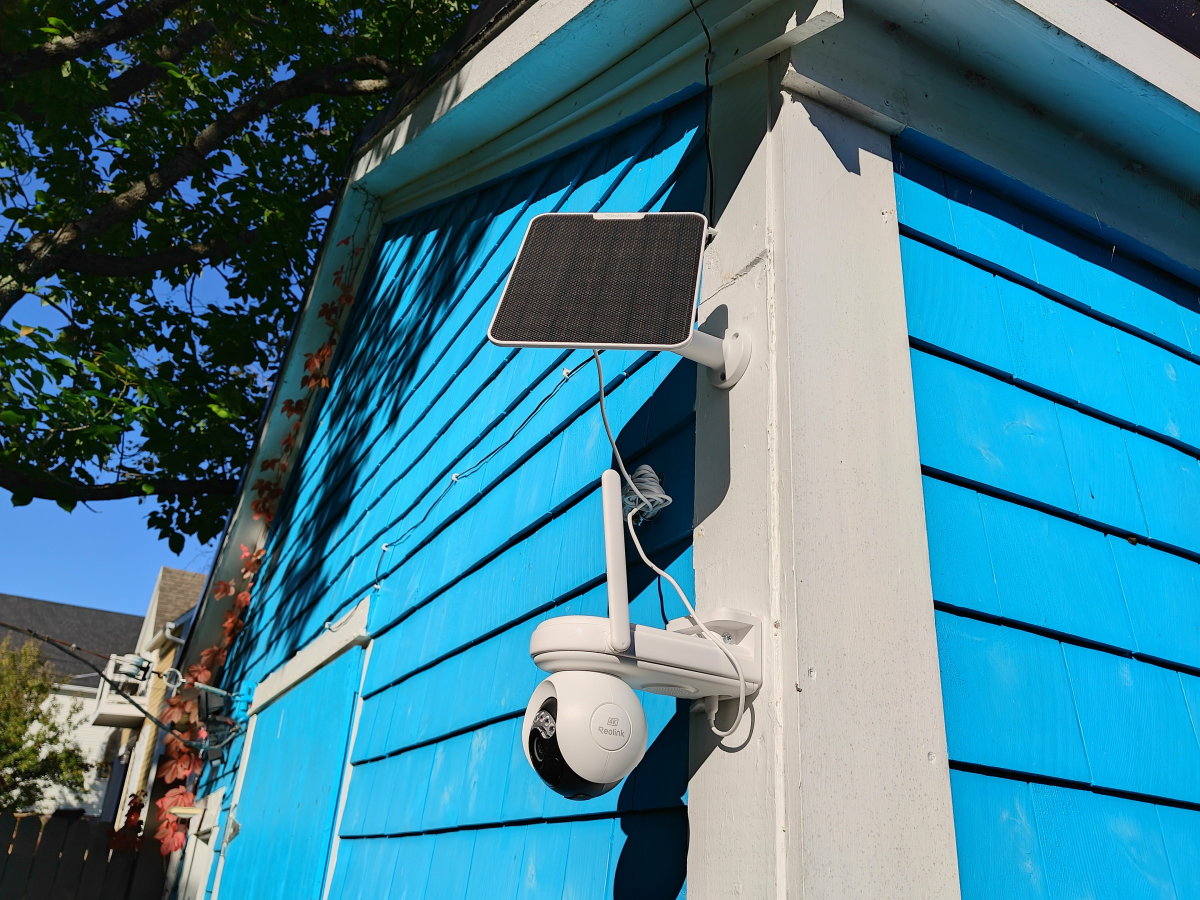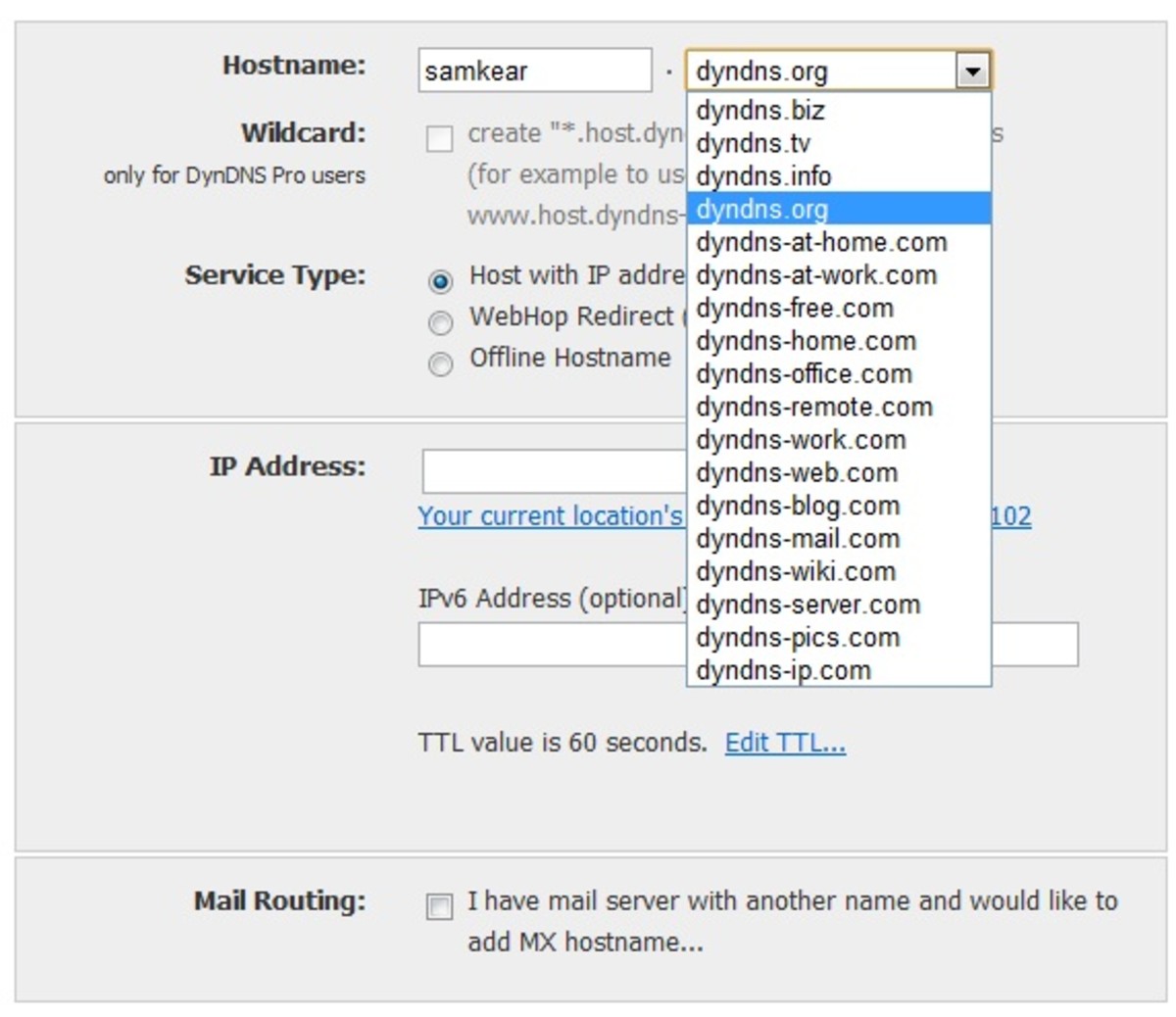Using Personal Access Camera Networks in Organizations
In essence, technology has made it possible for employees to monitor various factors of their workers jobs. These include computer terminals, telephones, and voice mails, email even those who are in fieldwork. Almost all things from office to the field could be monitored and unless there are specific policies to restrict the same, employers are free to monitor their employees, watch, listen and even read their communication in workplaces.
The aspect of visual and workplace surveillance has experienced a change from conventional analogue CCTV cameras to more digitalized systems. This has a potential of increasing the efficiency of these systems since they require no regular monitoring by human operators. In essence, the captured video is autonomously analyzed and the alarms are issued in the event of abnormal occurrence. These kinds of systems are already available in the market (Baaziz et al 2009).
The development of digital video surveillance to many life aspects including business is poised to bring a number of positive benefits. However, there is also a potential for open issues to be extant especially in regard to privacy concerns for individuals who are being monitored. Furthermore, such security systems may not only be prone to abuse, but also against attacks. In contrast to analogue systems, digital video including personal access camera networks could be easily indexed, stored, cross referenced and retrieved. The possibilities which these new devices opens include the behavior patterns of those concerned be it, employees, public servants and officials, criminals and even ordinary individuals. This paper is aimed at finding out the benefits of using Personal Access Camera Networks in business contexts.
Discussion
Personal Access Camera Networks
Although personal access camera network is an emerging trend, video monitoring has been a common technique in employee surveillance, maintaining security and deterring theft or corruption. An organization may use video monitoring in preventing or collecting evidence relating to robbery or other security matters. The same company may also employ the video networks in their garage as a measure to ensure employee safety.
In regard to camera networks that are focused at gaining personal access of employee, these may be used in preventing theft and corruption by employees, as well as monitoring employee productivity. In current perspective, the federal law has no restrictions for employers to collect information through video monitoring regardless of whether the employees have consented or not. Further, federal law does not restrict audio recording of communications as long as long as one of the parties in the recording has consented to the recording (Semuels, 2013).
In 2005, American Management Association conducted a survey, which indicated that, approximately half of the employers who were included in the study employed video surveillance to counter sabotage at work, violence and theft. On the other hand, 16% of the respondents employed this method in monitoring how their employees performed.
Use of Personal Access Networks for Businesses
In particular, Personal Access Networks are devices that are intended to bring into light the behavior of employees based on trailing digital footprints that are established while working in the office or in the field. This technology of behavioral modeling is capable of piecing together the electronic records of these footprints to offer a behavior pattern that could be utilized by employers in evaluating the performance of employees, as well as their conduct and behavior. For instance, the device may look for word patterns, changes in style and language and the patterns of communication among individuals (Semuels, 2013).
Employers who are concerned on monitoring their employees are considered responsible employers. On the other hand, the failure to investigate and monitor the systems may make an employer to fall into liability. Invasion of privacy is now considered as a norm in the business practice. The motivation behind the use of electronic devices in employee monitoring is derived from the increasing role which such devices play a evidence in investigations and lawsuits (Baaziz et al, 2009).
However, it is generally required that employers must have a genuine reasons on why they have to monitor their employees and that the reasons ought to be work related and not infringing on their personal lives. Privacy laws from each state may be used in determining the extent by which video monitoring could be considered legitimate and hence lawful.
This method has also, as a number of drawbacks. For instance, employees may have a perception that they are regularly being watched and therefore feel unease while performing their duties. Furthermore, this method may lead to employees into developing a feeling that they are not being trusted by their employers and that their personal life is being invaded. These could lead to increased stress and resentment among these workers. In this perspective, electronic surveillance ought to be used alongside the monitoring by the management. Furthermore, the technology ought to be used as a supplement to conventional supervising Workplace (AMA POLICY INSTITUTE, 2005).
Conclusions
Overall, the use of camera access camera networks can be an effective method in reducing sabotage, theft and misconduct among workers. This method can be implemented in workplaces in tracking and monitoring job performances. However, employers should not necessarily monitor employees electronically even in areas designated for their personal comfort such as toilets, locker rooms, washrooms and restrooms. Furthermore, in the absence of full written notice or consent from relevant bodies, employers ought to refrain from camera and video surveillance of employees in areas where employees have a reasonable expectation of their privacy.








